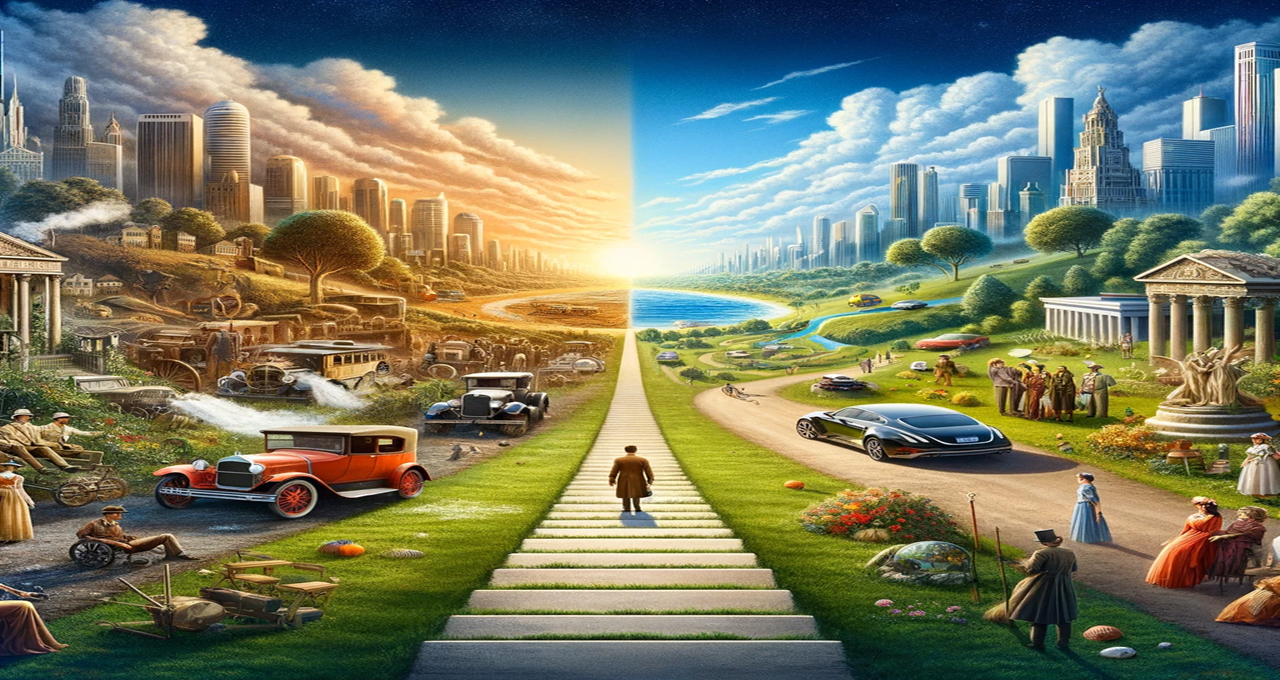In the digital age, the internet has become a vast repository of knowledge, culture, and history. Yet, despite its expansive reach, the online world is surprisingly ephemeral. Websites go offline, content gets deleted, and entire chunks of digital history can vanish overnight. This is where WaybackRestorer, a groundbreaking project aimed at preserving the internet’s past, comes into play.
By meticulously restoring lost websites and pages, WaybackRestorer ensures that the digital legacy of our era remains accessible to future generations. This article delves into the journey of WaybackRestorer, exploring its inception, challenges, achievements, and the profound impact it has on digital preservation.
The Genesis of WaybackRestorer
The journey of WaybackRestorer began with a simple realization: while the internet is an ever-expanding universe, it is also prone to rapid decay. Important pieces of digital history were disappearing due to various reasons—server failures, domain expirations, and intentional deletions.
A group of digital archivists and tech enthusiasts came together to address this issue, laying the foundation for WaybackRestorer. Their mission was clear: to salvage and restore as much of the lost web as possible, leveraging the vast archives of the Wayback Machine—a digital archive of the World Wide Web.
The Mechanics of Digital Restoration
WaybackRestorer operates by first identifying lost or endangered websites using an algorithm that scours the internet for dead links and vanished content. It then searches the Wayback Machine for snapshots of these sites. However, restoring a website from these snapshots is not straightforward.
Many times, the snapshots are incomplete, missing images, stylesheets, or interactive elements. WaybackRestorer employs a combination of automated tools and manual editing to piece together these digital puzzles. The process involves not just technical prowess but also a deep understanding of web technologies and historical context.
Challenges Along the Way
The road to preserving digital history is fraught with challenges. One of the primary obstacles is the sheer volume of data. The internet is vast, and even with sophisticated algorithms, identifying and prioritizing content for restoration is a daunting task.
Copyright issues present another significant hurdle. WaybackRestorer must navigate the complex landscape of digital rights to ensure that their restoration efforts are legally sound. Additionally, technological obsolescence makes the restoration of certain websites particularly challenging, requiring the team to recreate or emulate outdated technologies.
Notable Achievements
Despite these challenges, WaybackRestorer has achieved remarkable success. The project has restored thousands of websites, ranging from small personal blogs to large-scale digital exhibitions. One notable restoration was that of an early digital art gallery that had vanished in the early 2000s.
This gallery housed works from pioneering digital artists, and its restoration not only preserved the artworks but also the context and commentary surrounding them. Such restorations have profound cultural and historical significance, offering insights into the digital culture of past decades.
The Impact of WaybackRestorer
WaybackRestorer’s impact extends beyond the mere preservation of websites. It serves as a reminder of the internet’s fragility and the importance of digital preservation. By restoring lost content, WaybackRestorer enriches the internet’s historical record, making it a more comprehensive and accessible resource.
Furthermore, the project has sparked discussions about digital legacy and the responsibility of individuals and institutions in preserving online content. WaybackRestorer’s efforts also underscore the need for better tools and policies to protect digital history from being lost to time.
Looking to the Future
As WaybackRestorer continues its mission, the project faces an ever-evolving internet landscape. New technologies, platforms, and formats pose fresh challenges for digital preservation. The team is constantly adapting, and developing new tools and methodologies to tackle these challenges.
There is also a growing emphasis on collaboration, with WaybackRestorer partnering with libraries, archives, and other organizations to broaden the scope of their preservation efforts. As the project looks to the future, its goal remains steadfast: to ensure that the rich tapestry of the internet’s history remains intact for generations to come.
Conclusion
WaybackRestorer’s journey is a testament to the importance of preserving our digital heritage. Through tireless effort, innovation, and a deep commitment to their mission, the team behind WaybackRestorer has made significant strides in safeguarding the internet’s past. Their work not only serves as a bridge to our digital history but also highlights the critical need for ongoing efforts in digital preservation.
As we continue to navigate the ever-expanding digital universe, projects like WaybackRestorer remind us of the importance of looking back, even as we move forward. In doing so, we ensure that the stories, knowledge, and culture of our digital age are preserved for future explorers of the internet’s vast and ever-changing landscape.

